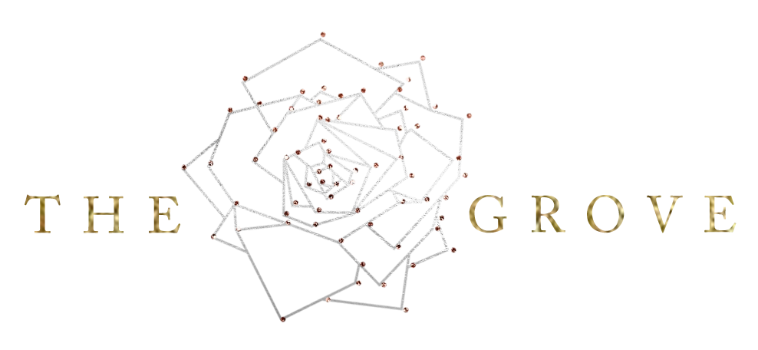When it comes to interior photography, capturing stunning images of architectural spaces or home interiors requires precision and attention to detail. In other words, you need the artistry of a creative eye for built space, but the precision of an eye for detail and perfection.
After some unfortunate near-mishaps, I eventually added an L-bracket to my arsenal of tools, and it's proven to be a time saver and an incredible tool for precision! Designed to mount your camera securely to a tripod, an L-bracket provides multiple advantages that can greatly benefit any interior photographer. Let's explore what an L-bracket is, which one I ended up getting after much research, and the pros and cons of using L-brackets in interior photography.
What is an L-bracket?
An L-bracket is a bracket that you attach to the bottom of your camera and is shaped like the letter L. It then clicks into the mounting plate on your tripod head so that you can easily clip it in and off. The reason for the L-shape is so that you can clip the bracket (and attached camera) from either side. In other words, it lets you very quickly go from landscape orientation to portrait!
What led me to consider adding this to my gear is that my tripod's grip started to slip when I would turn it to go to a portrait orientation. This meant that when I had to get multiple frames for one photo, they wouldn't line up! Especially with any larger lenses, the tripod would loosen the grip and start slipping down. While it's a big enough pain for me while editing, I was honestly more concerned with my client seeing me using gear that was slipping and causing possible delays in getting the shot.
What L-bracket should you get?
An L-bracket has to get screwed into the base of your camera, and then it all gets mounted onto a special mount that you put on your tripod head. There are different types of mounts, so this is the main thing to be aware of when choosing a bracket.
I originally had a Manfrotto tripod and intended to stay with Manfrotto for all tripod-related needs. After just a bit of research, though, I found that Manfrotto has a proprietary mount that they use, and it only works with their L-bracket. Not a big issue initially, but then I realized that their bracket does not have an opening on the side where the cables would need to be plugged in for tethering. This would not work!
Hours of research later, I landed on the Ellie L-bracket by 3-Legged Thing. It was the perfect fit for what I needed, but it involved me switching tripods. This became the perfect moment to upgrade the tripod and head as well, landing me at a geared head and tripod legs from Benro. I've now had this setup for a couple of years and have been absolutely thrilled with the quality!
My current gear:
Tripod legs - Benro TMA37AL Long Series 3 Mach3 Aluminum Tripod
Geared head - Benro GD3WH 3-Way Geared Head
L-bracket - 3 Legged Thing Ellie Universal L-Bracket System
Here's a quick video of what the L-bracket looks like, how it clips onto the mount, and how you use it when on a shoot:
Pros and Cons Breakdown
Pros:
1. Improved Stability: L-brackets offer enhanced stability by mounting more securely to your tripod head through a separate mount. This reduces the chances of camera shake and ensures sharper images, especially in low-light conditions or when using slower shutter speeds.
2. Quick Switching between Orientations: One of the most significant advantages of L-brackets is their ability to rapidly switch between horizontal and vertical orientations. With a traditional tripod mount, you would need to readjust the tripod head, usually causing a bit of a slow-down in your flow and risking limited positioning. An L-bracket allows you to switch orientations seamlessly, maintaining your framing and composition effortlessly.
3. Increased Flexibility: By using an L-bracket, you gain the freedom to shoot at different angles and positions while maintaining stability. This is particularly useful when photographing interiors with tight spaces or unconventional angles. The stronger mount through L-brackets enables you to position your camera sideways or even upside down, giving you greater creative control over your compositions.
Cons:
1. Added Weight and Bulk: L-brackets can add some weight and bulk to your camera setup. This might be a concern for photographers who prioritize portability and minimal gear. Thankfully, the Ellie bracket that I use and recommend is quite lightweight.
2. Compatibility Limitations: L-brackets are designed to fit specific camera models, and compatibility can vary. It's important to ensure that the L-bracket you choose is compatible with your camera body and lens setup. Some lesser-known or older camera models may have limited options when it comes to L-brackets, making it necessary to research availability beforehand.
Conclusion
You may have never considered it, but an L-bracket can be an incredibly valuable tool for interior photographers! It offers improved stability, allows for quick switching between orientations, provides precise alignment, and increases creative possibilities. It's another tool to consider when you're looking to level up that gear! Be sure to do your homework before investing, making sure that the mount is the correct type for your tripod and for your camera. Next time you have to switch orientations, you'll be glad that an L-bracket is there to make it quick and easy!





